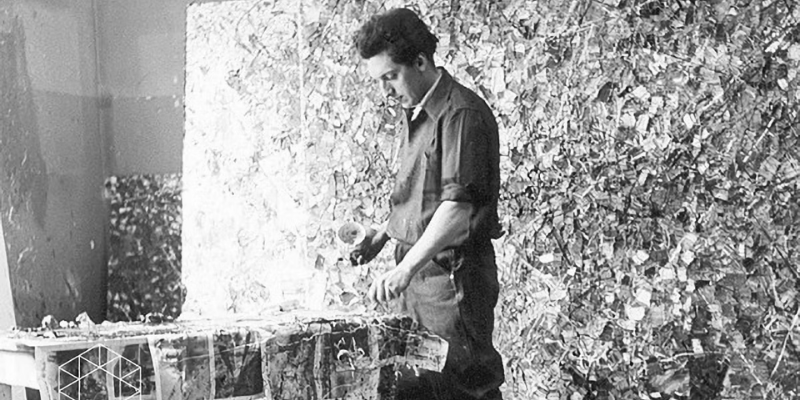Born in Montreal on October 7, 1923, Jean-Paul Riopelle was an acknowledged figure in the art world. His artistic path demonstrated a remarkable transformation that coincided with the shifting cultural scene of the mid-20th century, moving from academic limitations to avant-garde emancipation.
Riopelle’s artistic roots trace back to his early years at the école Polytechnique, where he initially pursued engineering with architecture and photography. But it was during this period that his hidden love of painting started to emerge, and he came to identify as a “Sunday painter” with a restrained, academic style. Under the guidance of Paul-Émile Borduas at the école du Meuble, Riopelle produced his first abstract painting, marking a turning point in his artistic awakening.

The Automatistes, a group that comprised Riopelle and used a spontaneous painting technique derived from the subconscious, were founded between 1942 and 1945. Riopelle’s artistic journey began due to Borduas’ influence and culminated in the group’s 1948 manifesto, titled Refus Global.
Riopelle’s 1946 visit to France paved the way for his eventual assimilation into the Parisian art scene. His investigation into abstract expressionism began in 1949 with his first solo show at Galerie La Dragonne. His avant-garde method, which is evident in famous pieces like Pavane (1954) and The Wheel II (1956), includes troweling on abundant amounts of colours.
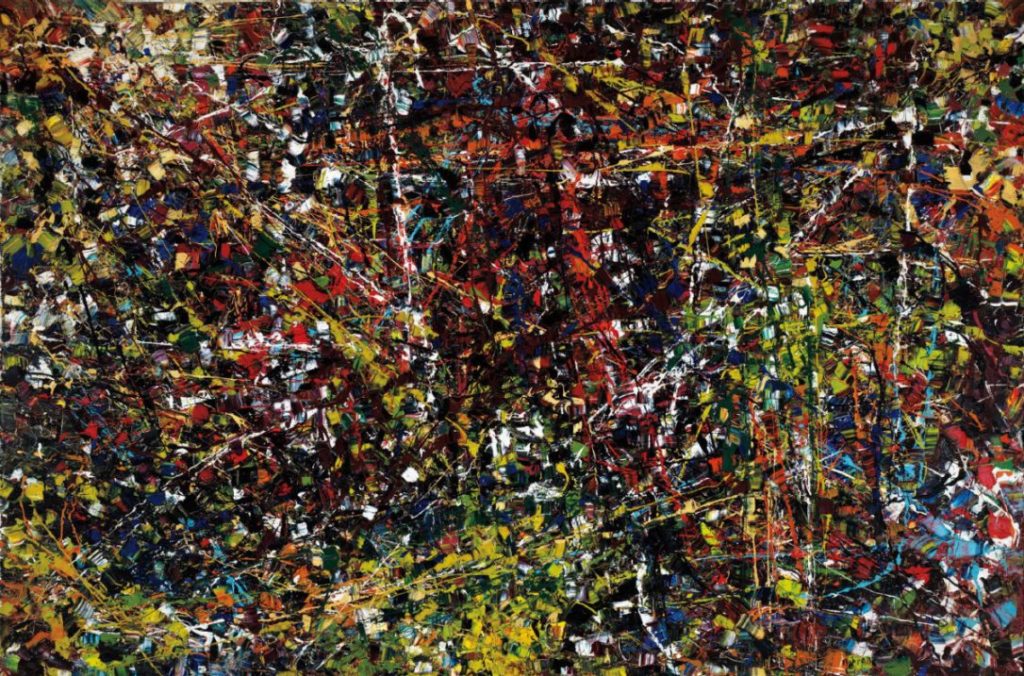
Riopelle met notable artists such as Georges Mathieu, Pierre Loeb, André Breton, Jean Arp, and Antonin Artaud in the late 1940s and early 1950s. Riopelle’s involvement in international art biennials and representations in New York was the result of his absorption into the Parisian cultural environment.
Riopelle’s return to Canada in the 1960s was evidenced by shows at the National Gallery of Canada in 1963 and a retrospective at the Musée du Quebec in 1967. He constructed a house and studio in the Laurentians at the beginning of the 1970s, splitting his time between France and Canada.
Jean-Paul Riopelle Paintings
Following are some of the notable paintings done by Riopelle:
1. Perspectives
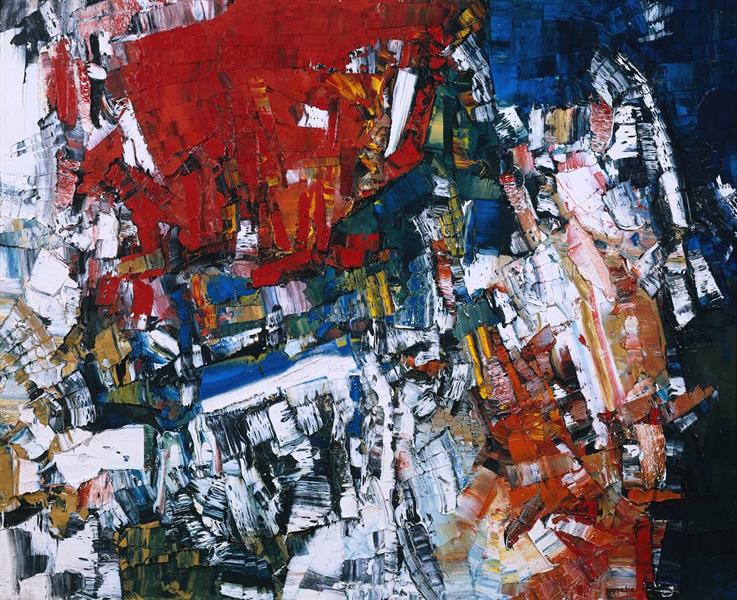
Jean-Paul Riopelle’s “Perspectives” is an abstract composition that perfectly encapsulates his own artistic approach. Riopelle crafts a visually captivating and emotionally charged piece with dynamic brushstrokes.
2. Landing
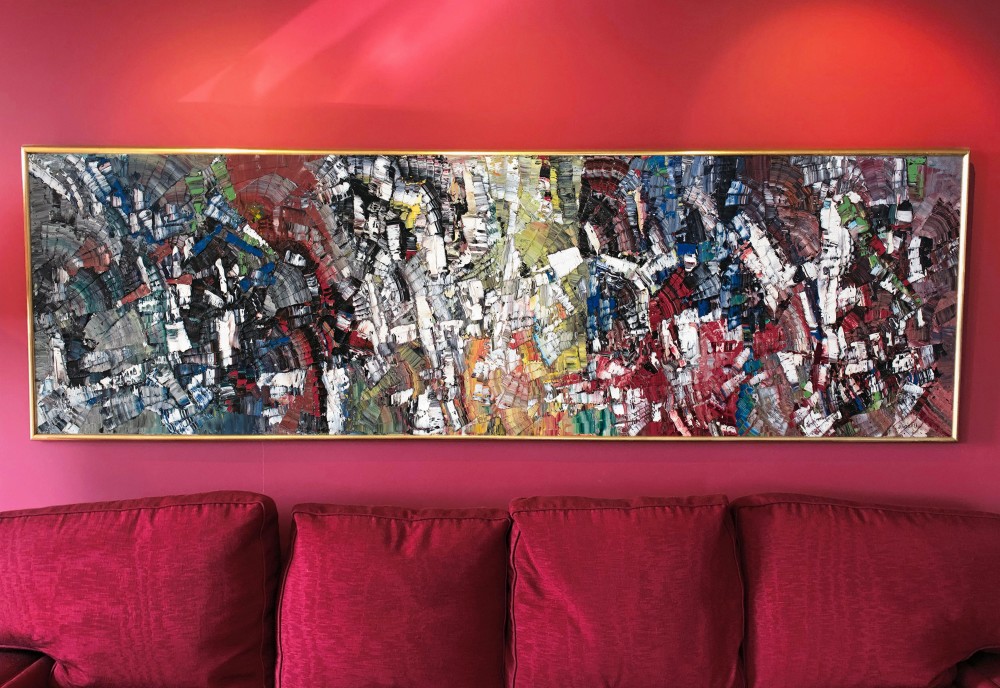
“Landing” by Jean-Paul Riopelle uses textured paints that are applied thickly to create a mosaic-like arrangement.
3. Jute IV
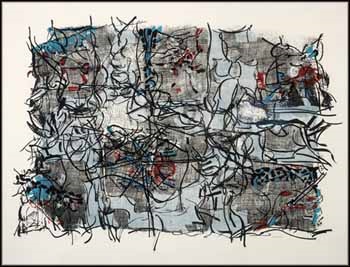
Jean-Paul Riopelle’s abstract painting “Jute IV” is characterised by a rich palette and powerful, expressive brushstrokes. It is energetic and textured.
4. Pavane
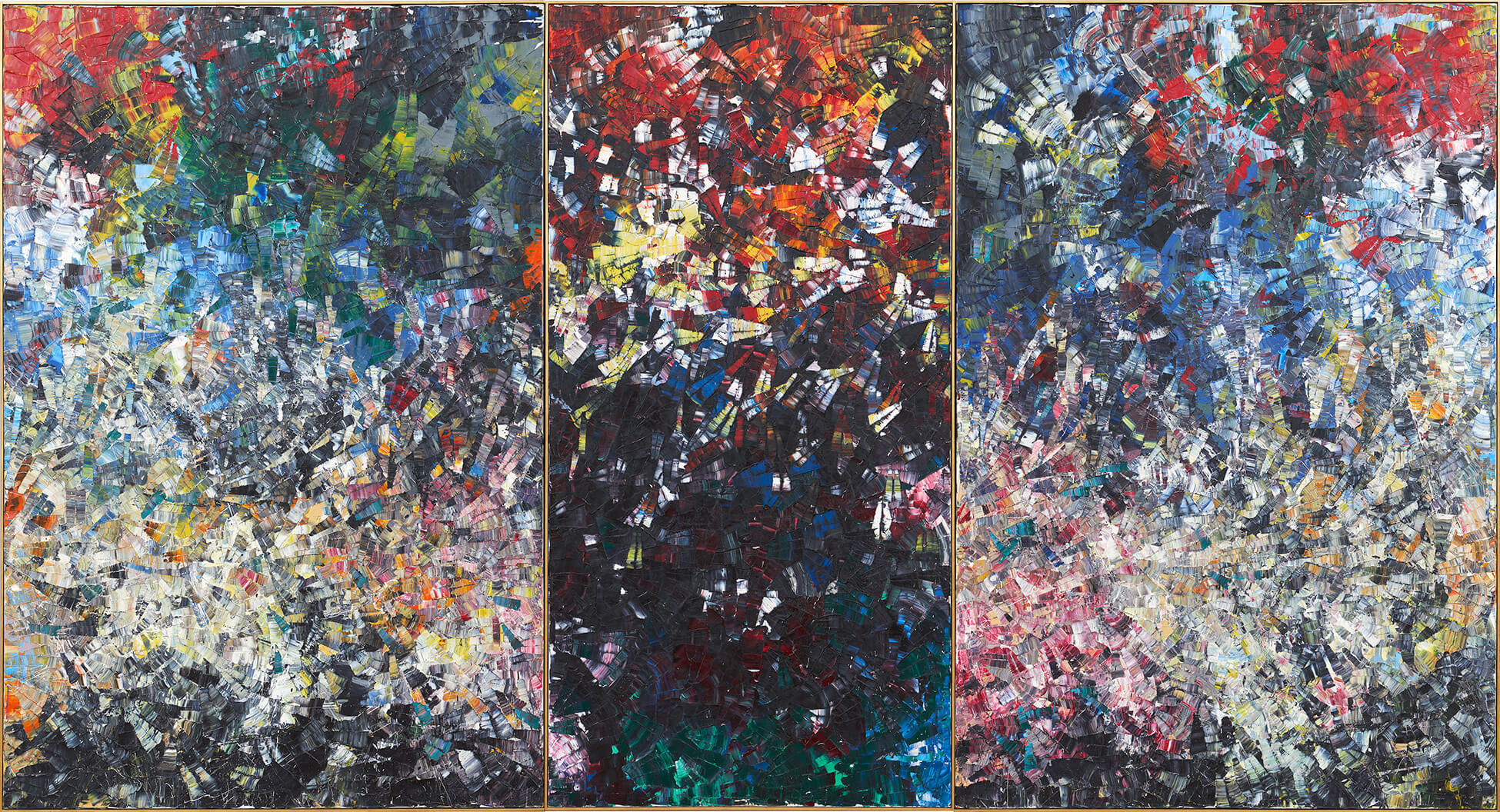
Jean-Paul Riopelle’s 1954 painting “Pavane” exemplifies the artist’s avant-garde method. A composition that is created by trowel-applied, thick, textured layers of multi-coloured paints.
5. Forestine
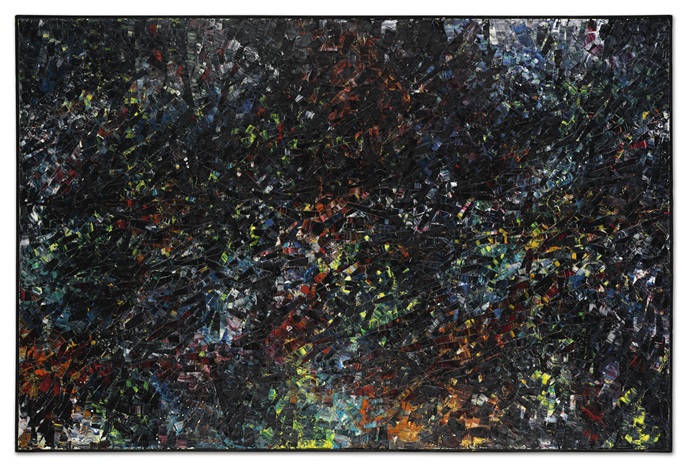
“Forestine” by Jean-Paul Riopelle is characterized by dense, crisscrossing layers and lattice forms.
From his explosive, ritualistic involvement with abstract expressionism to later stages influenced by nature and multimedia experimentation, Riopelle’s artistic path encapsulates a continual progression. His time spent working in Giverny as a collaborator with American painter Joan Mitchell and his subsequent return to Quebec in the 1970s enhanced his artistic impact even more.
The art world honoured Jean-Paul Riopelle’s accomplishments with retrospectives, prizes, and exhibitions. His passing on March 12, 2002, signalled the end of a fruitful career that crossed national boundaries and had a lasting influence on the development of abstract expressionism.
Read Also:
Auguste Rodin: Kiss, Thinker and the Hell that Shaped the History of Sculpture

